In the third part of this blog series about Spiritual Art, we take you into the world of Celtic Art. Read on to learn about the origins and characteristics of this art form.
Origin Celtic People
The Celts are an ancient Indo-European people, who used to inhabit a vast area stretching from the British Isles to Thrace (southern part of present-day Bulgaria) and even into Anatolia (central Turkey). They settled in Central Europe about 3000 years before the beginning of our era, after which around 750 BCE they spread further west, until they inhabited much of Western Europe.
The geographic center of the Celtic settlements was in Central Europe: around Hallstatt in Austria and La Tène in Switzerland. From there they spread east and west, having their greatest territorial expansion in the 4th century BCE, from England to Asia Minor. Researchers are understanding more and more how large their contribution to the formation of culture and civilization in Europe really was.
The Celts have had numerous names, including Celts, Gallates, and Gauls. You can still find the name Kelt in regional names such as Gaul (France), Galicia (both Spain and Poland), Wales, Valais (southern Switzerland), and Wallonia.
The Celtic peoples consisted of different tribes and never formed a real unity. There was no central state, as with the Romans, and they did not live in cities, but in villages in the countryside. They had no written language, so they passed their culture, history, and religion down orally.
Celtic Religion
The Celts had a nature religion, and they worshiped their gods through animals. Animals are therefore common in Celtic visual culture and in folklore. The Celts had no temples, but instead considered mountains, trees, and forests as sacred spaces. The Celts believed in rebirth, regardless of whether one had lived badly or well. Their religious leaders were the druids, a word that comes from the Celtic word for oak.
Celtic Art Characteristics
As mentioned, nature had a major influence on Celtic culture. You find this in Celtic ornamentation; forms that we today simply consider ‘beautiful’ have a deeper meaning. The oldest examples of Celtic art can be found in the form of ironwork, carvings, sculpture, and early Christian manuscripts. Ornamentation was important in Celtic art, as their tradition forbade the depiction of the human form. Below we discuss a number of forms of Celtic ornamentation and their meaning.
Water
For the Celts, water had an important influence. Running water was a healing and cleansing element. The underworld was located at the bottom of the lakes and the sea and was guarded by serpents. They considered water a link between the present life and the next one. The salmon was the symbol of wisdom. That is why in Celtic art you often encounter bands with a wavy pattern (water) and animals such as fish (including the salmon) and snakes (symbolized as an S-shape).
Fire
Fire symbolizes the life-bringing heat of the sun, which ensures that the crop grows for a good harvest. The fire also kept people warm during the cold winter. In addition, fire was the symbol for life and death, a continuous line through death and new birth like a flame burning through a wick. This continuity was often depicted in the form of artful knots, the “Endless Knot” where there is no beginning or end.
Sky
The sky was a divine element for the Celts, because birds and spirits flew there and the sun, moon, and stars were in the sky. Just as clouds changed shape, so could spirits change from human to bird and vice versa. The eagle in particular is often found in Celtic ornamentation, as a symbol of the god of the sky. Another Celtic air symbol is the triple spiral, often with a bird’s head at the ends.
Earth
The earth was the life-giving soil, growing crops that nourished both man and beast. Rocks, as part of the earth, were carved in the form of stelae (vertical decorative stone slabs), decorated with continuous spirals and knots as an expression of eternal life. Plants were also common as ornaments representing the earth element. The vine indicates the influence from Mediterranean areas, with its earliest examples on excavated wine goblets.
Typical Celtic Art
Celtic art forms are mainly characterized by the many geometric figures, natural symbols, and decorative knotwork. The intertwined knotwork patterns with their continuous lines symbolize the process of man’s eternal spiritual growth and are probably the most recognizable element of Celtic art. A spiral on the other hand not only represents growth, but the center point represents the connection of heaven and earth.
Celtic Cross
The Celtic Cross is a Latin cross with a circle around the intersection of the cross post and cross beam. It is the defining symbol of Celtic Christianity and is a fusion of the Christian cross with a pagan sun wheel. The Celtic Cross origin stems from the Christianization of Ireland and Great Britain during the 5th and 6th centuries AD. This period was characterized by large-scale conversions of the Celts through the arrival of many Christian missionaries, such as Saint Patrick, Saint Declan, and Saint Columbia. These missionaries adopted many customs and signs from the pagan faith, incorporating them into their Christian art and symbology. According to Irish legend, Saint Columbia even introduced the Celtic Cross as a hybrid of pagan and Christian symbols! You can read more about Christian Art in our Blog.
Celtic Pentagram
A Pentagram is a symbol that looks like a star with broken lines. The five (penta) points of the star represent the five elements of water, fire, earth, air, and ether (spirit). Many people wear the Pentagram with the point up, but sometimes also with the point down.
A Pentagram is one of the oldest symbols we know. It dates to at least 4000 years before Christ! The word comes from the Greek πεντάγραμμον (pentagrammon), meaning “five lines.” The Celts also used the Pentagram. For example, for the Celts, the apple tree was magical symbol, because of the Pentagram that appears in the core of an apple when you cut it horizontally.
These decorative elements not only appear on jewelry, but also on metal objects, ceramic dishes, and textiles. Celts produced objects using clay, bronze, and even glass. They were even one of the earliest European cultures to use potter’s wheels.
Celtic Art in the 21st Century
In modern times, many musical and artistic ‘Celtic’ styles are still very popular. The musicians draw inspiration from folk traditions from the Celtic lands along with folk styles of music and art. The artists and craftsmen incorporate Celtic knots and Celtic ornaments into their art. Celtic Art in its traditional form is their main source of inspiration.
Celtic Art at Spiru
Would you like to gain more knowledge about spiritual art and the Esoteric Knowledge that it can bring? With an Orgone Pyramid of Black Tourmaline represents this quest. A Celtic knot Pendulum Dowsing mat could be a great way to get in touch with your spiritual side. Or decorate your altar with a Celtic altar cloth. Other Celtic spiritual symbols include the Tree of Life, which has even inspired a Celtic Tree Horroscope! You can find plenty of inspiration in this art and spiritual tradition.
Read More About Spiritual Art
Can’t get enough of the many different spiritual art forms? Check out our blog on Buddhist Art & Tibetan Art or our blog on Christian Art. We also have information on Hindu Symbols and Feng Shui Decorating! There’s something for everyone at Spiru.


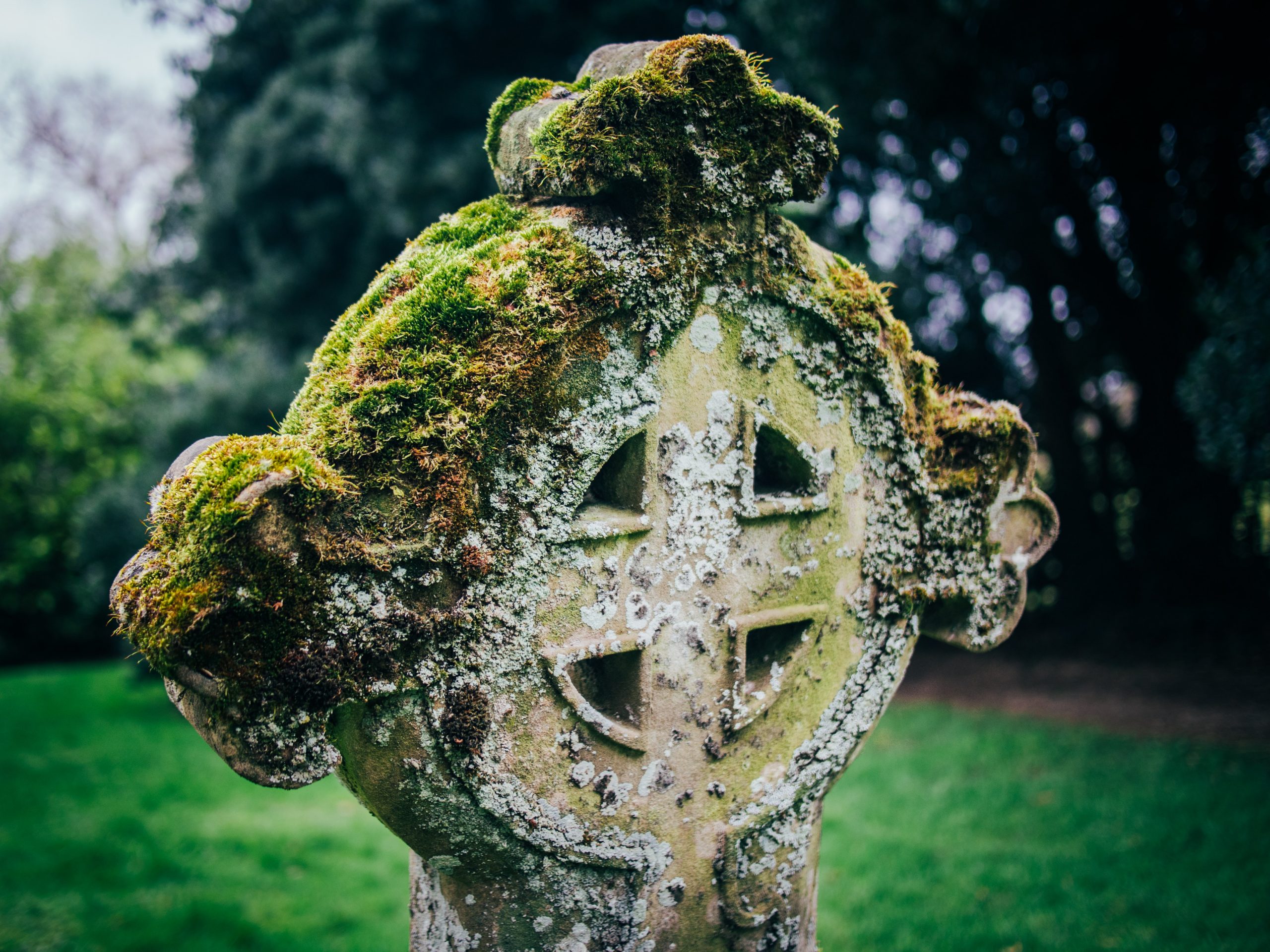
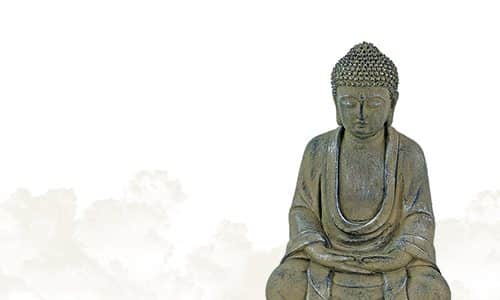
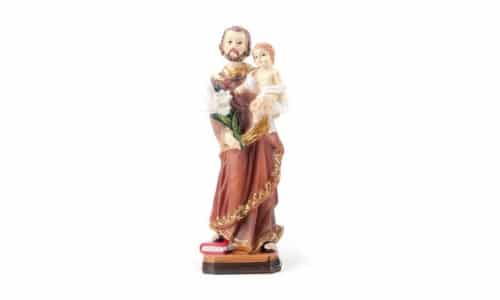
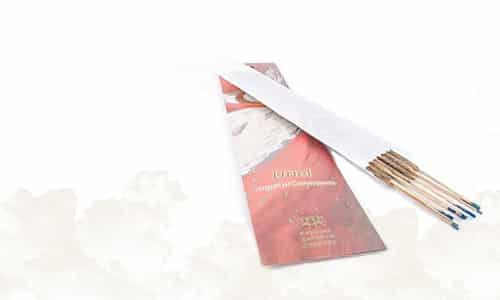
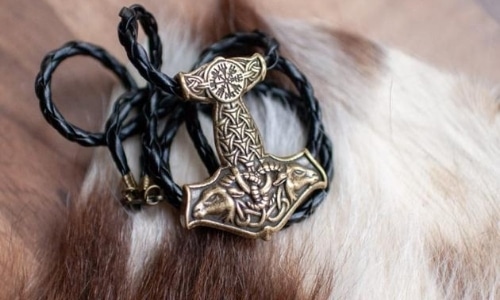
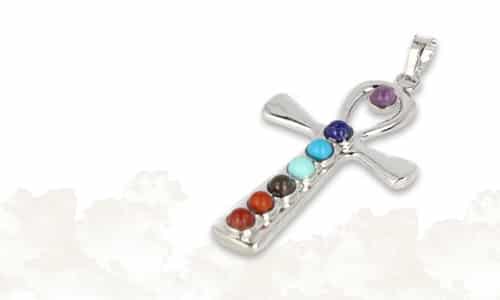
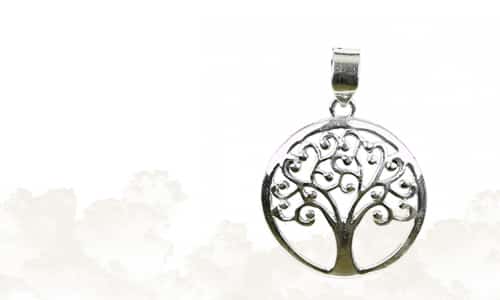
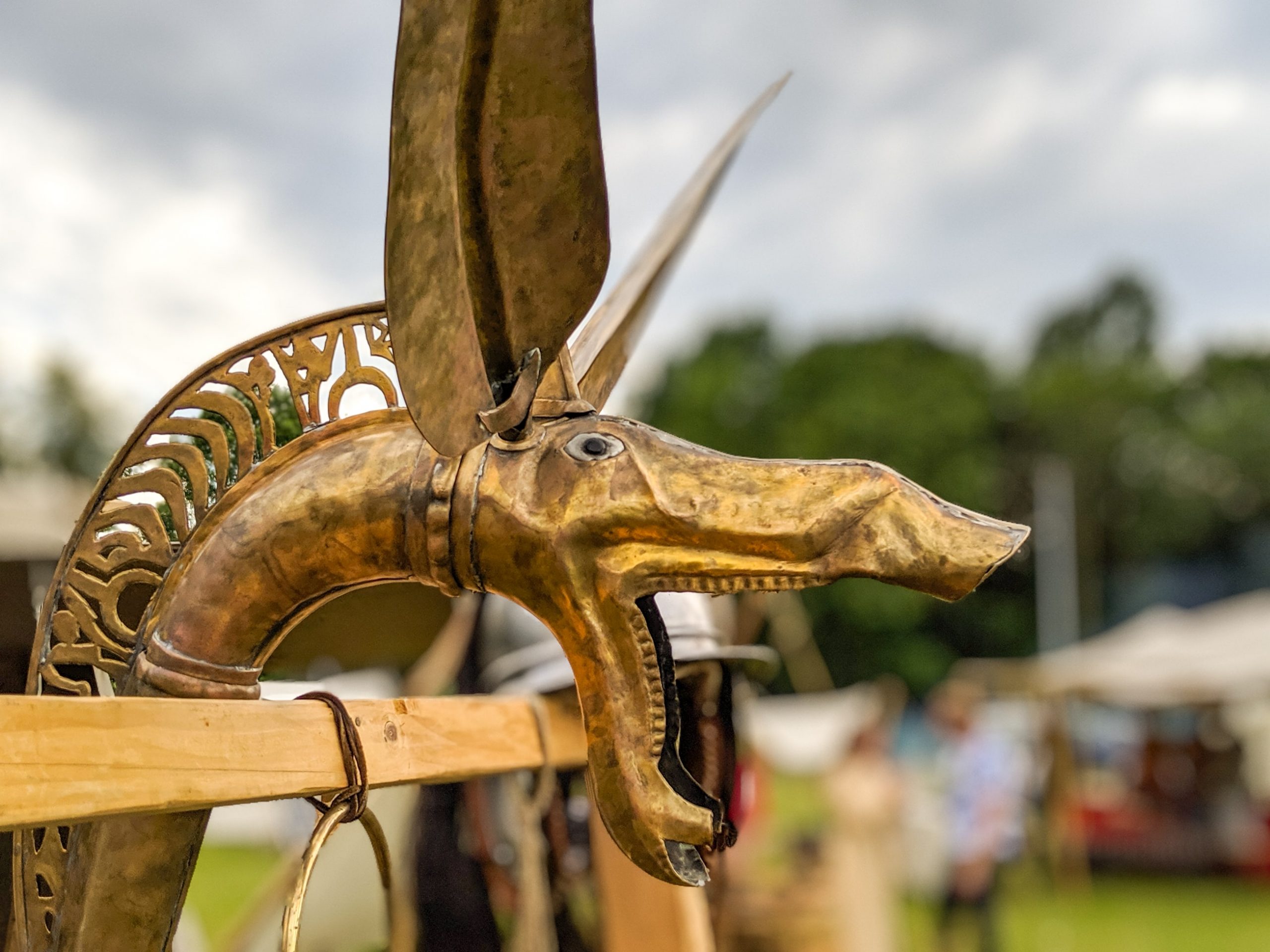
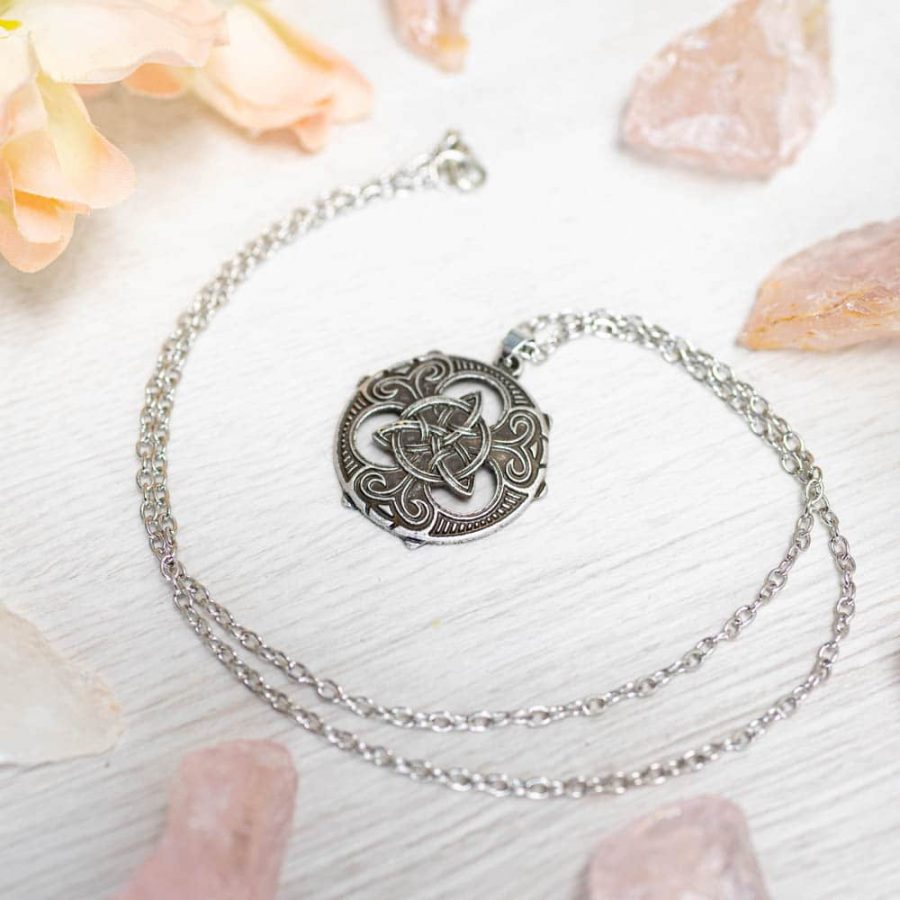
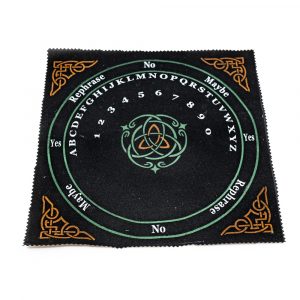
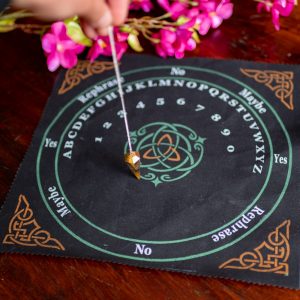
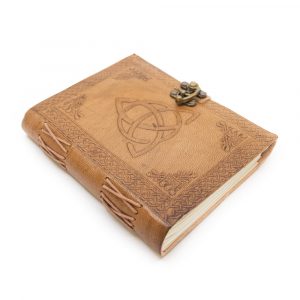
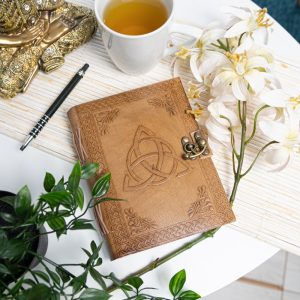
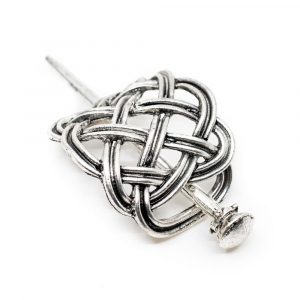
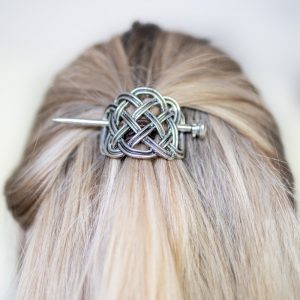
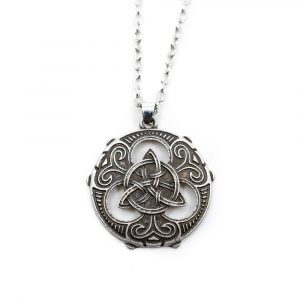
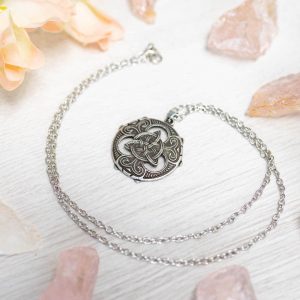
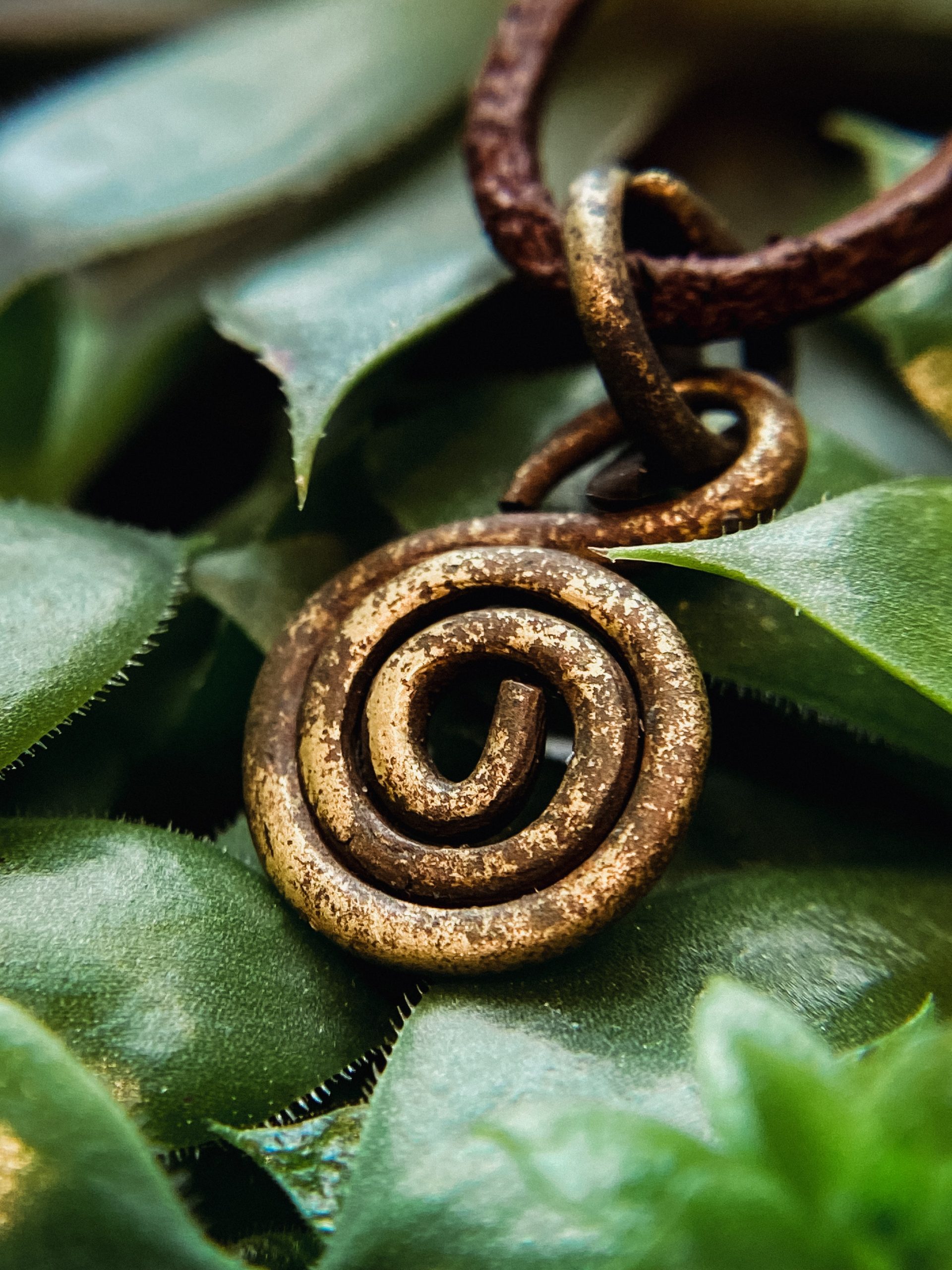
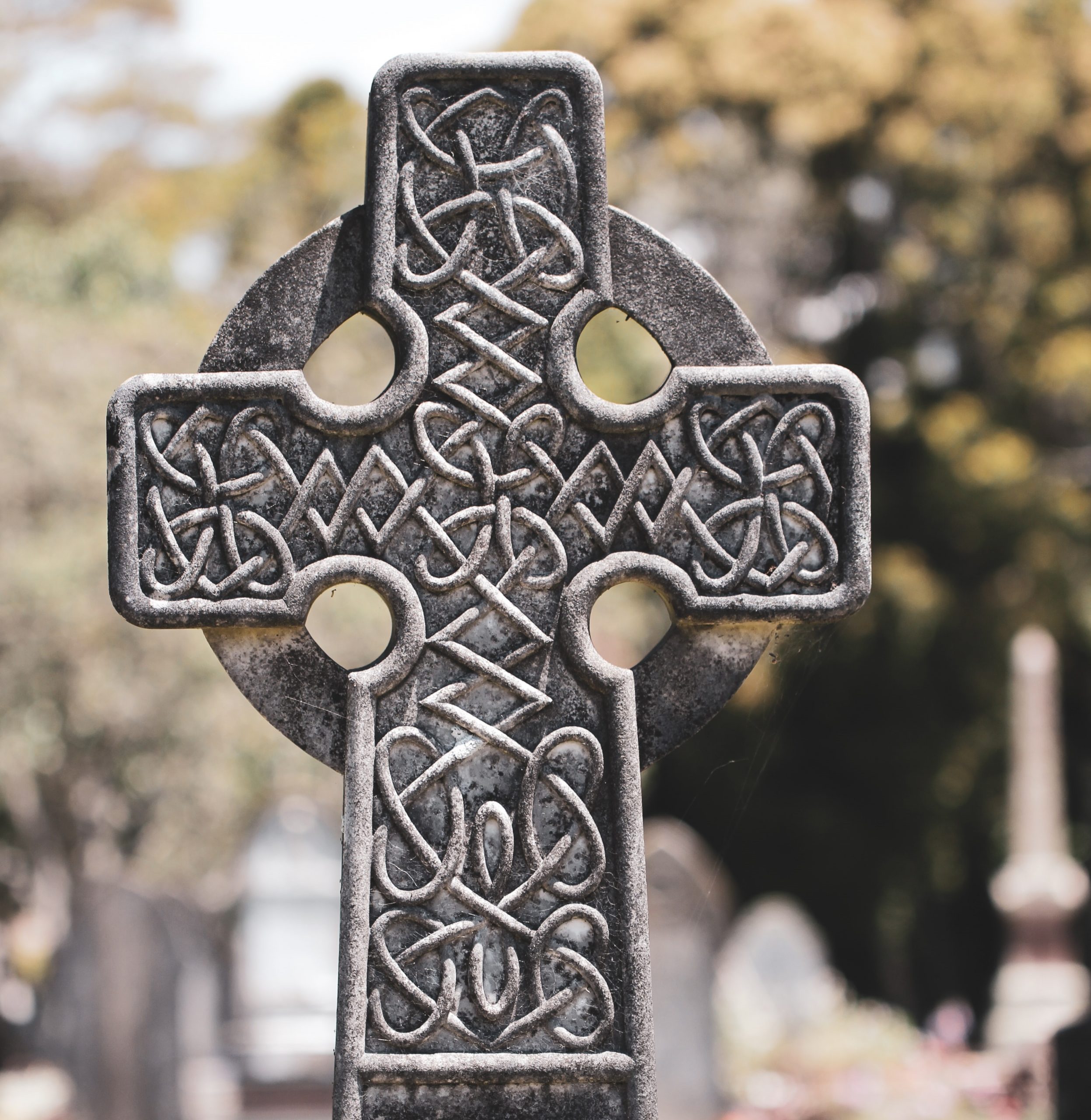
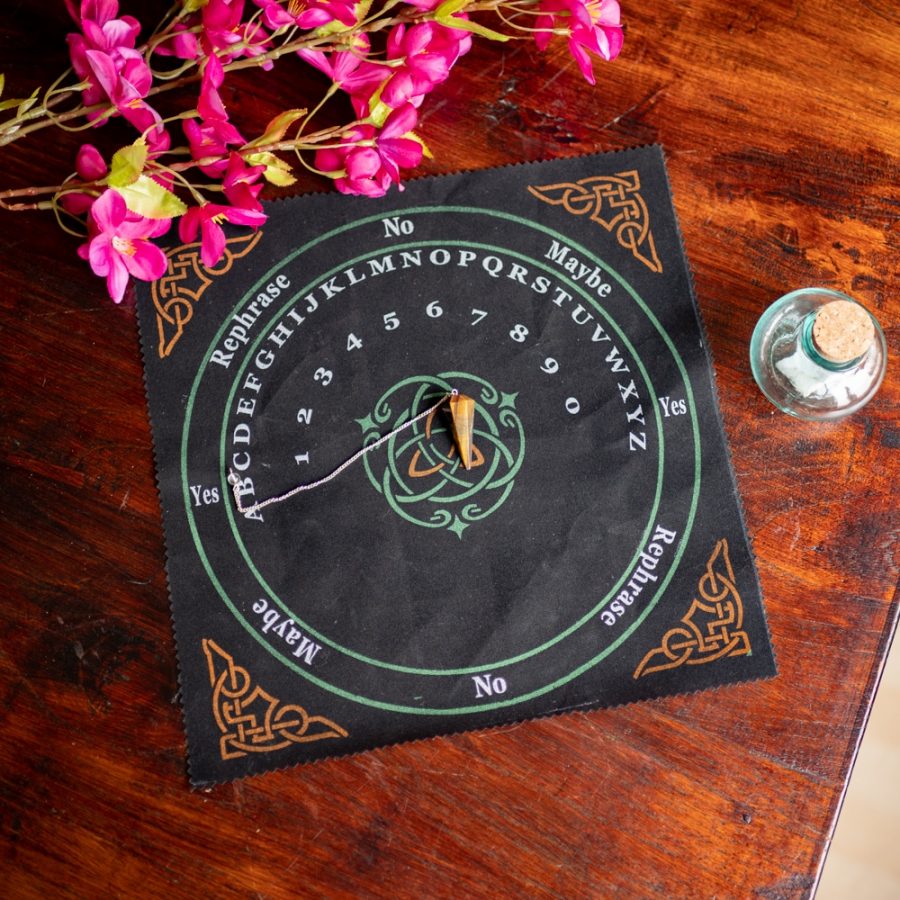
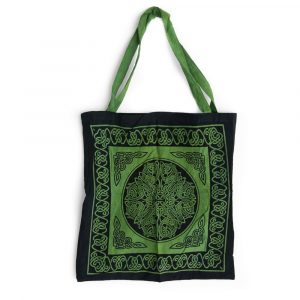
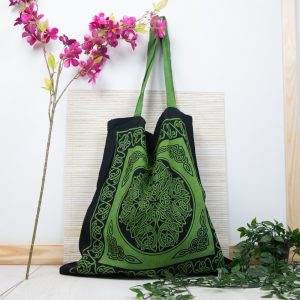
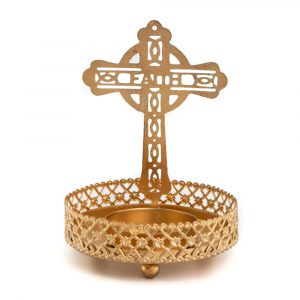
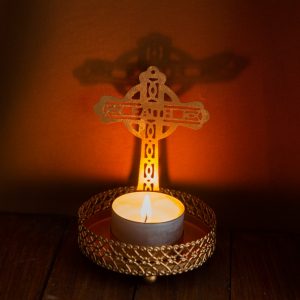
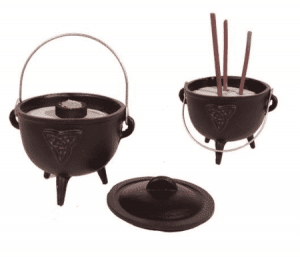
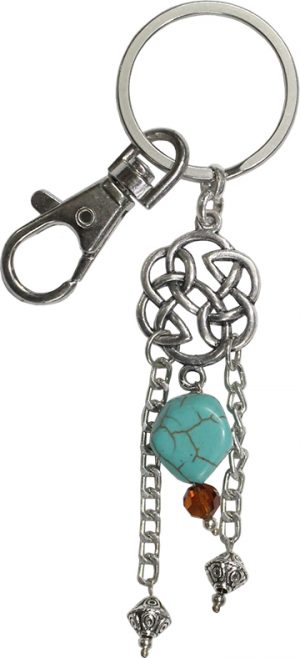
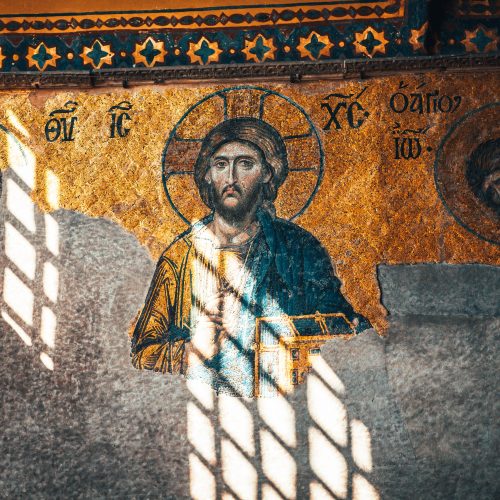


 Nederland
Nederland
 België
België
 Deutschland
Deutschland
 Europe
Europe
 España
España
 Sverige
Sverige
 Français
Français